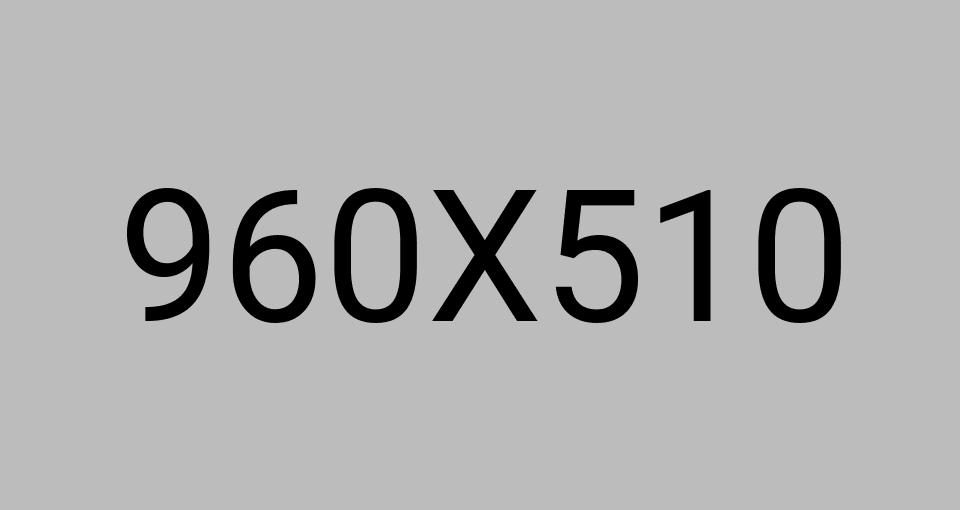Case study
Enhancing Hilton's Internal Software for Hotel Managers and Front Desk Agents
Making reservation upgrades simpler for Hiltons Employees

overview
About Hilton
Hilton is a global hospitality company that operates and franchises a wide range of hotels and resorts across the world. They offer a diverse portfolio of hotel brands catering to various traveler preferences, from luxury accommodations to budget-friendly options. Hilton is known for its commitment to exceptional guest experiences and has a strong presence in the hospitality industry.
Hilton’s Prodigy app is an website applicaiton that saves time for hotel front desk employees and revenue managers. It removes the pain of switching through numerous applications when upgrading reservations. My role was to research, design and test all UIs related to the project. I collaborated with design, product development, content design, accessibility, visual design, and engineering to launch this project.
Project Process
In an effort to improve the efficiency of hotel managers and front desk agents, Hilton initiated a project to develop an internal software, named "Prodigy." The UX team embarked on a 14-week journey to enhance this software by following a structured approach.
Product & Scope
Prodigy aims to provide a comprehensive solution to streamline various hotel management tasks. The product includes user personas, a design system, feature maps, and high-fidelity mockups for mobile, tablet, and desktop devices. The project encompasses various aspects, from discovery and research to definition and execution, ultimately leading to usability testing and hand-off to the development team.Challenge
The primary challenge in this project is to understand the complex and multifaceted world of hotel management and create a user-friendly software solution that caters to a wide range of users, from hotel managers to front desk agents. It's essential to design an interface that simplifies their workflows and ensures a smooth transition from the existing system.Audience
The primary users of Prodigy are hotel managers and front desk agents. Additionally, stakeholders and Hilton's development team will also be involved in the process, ensuring alignment with business goals and technical feasibility.Enim eu turpis egestas pretium aenean pharetra. Dui accumsan sit amet nulla facilisi morbi tempus iaculis. Eu ultrices vitae auctor eu augue. Sed turpis tincidunt id aliquet risus Purus in massa tempor nec feugiat nisl pretium fusce. Feugiat vivamus at augue eget arcu dictum. Gravida quis blandit turpis cursus in hac habitasse platea dictumst.
Research
Our research included user interviews, contextual inquiries, and a comprehensive content audit of the existing system. We identified pain points like long load times, confusing navigation, and inconsistent information presentation across devices. To better understand Employees condition, I started conducting Q/A sessions with both internal employees that were front desk agents and revenue managers specifially who used any of the multple software applications. During these research phase, I also tried to understand; What users most essential tasks were for each of the core functionality of the MVP including the products - Automated Upgrades for loyalty members - how was currently being done - what aspects of the audit log are most needed - How add ons currently work as well as their variety and complexity how the information from all of these systems are relevant for front desk agents and revenue managers - what are their pain points were the way things were currently being done - any data that would help identify where some of the indications of signals of pain points would exist
Result
Challenges Identified
1. Design Fragmentation: Previous iterations lacked coherent design integration, resulting in disjointed user experiences and inefficiencies. 2. Workflow Complexity: Users grappled with navigating through numerous applications (over 15) to manage room rates, leading to task switching and errors. 3. Lack of Design Process: Absence of a structured design approval process hindered progress and led to delays in MVP development.
Approach: Research and Engagement: The UX team conducted stakeholder interviews and user research to understand pain points and user needs thoroughly. User-Centric Iteration: Despite being the sole designer initially, iterative design concepts were developed, incorporating feedback from stakeholders and weekly design meetings. Establishing Process: Collaborating with stakeholders, a design approval process was established to streamline decision-making and expedite progress. Design System Development: A Prodigy design system was created to ensure consistency and efficiency in design iterations, involving input from various design team members.
Outcomes:
Enhanced Efficiency: The MVP iteration of Prodigy resulted in a significant improvement in time on task, with a 63% reduction observed for front desk agents and revenue managers. Improved Collaboration: The establishment of a design approval process and utilization of a design system fostered collaboration between design and development teams, leading to smoother execution.
User-Centric Design: Prioritizing user research and addressing pain points led to Prodigy becoming more user-centric, catering to the specific needs of Hilton's employees managing room rates.
Conclusion:
Through iterative design, stakeholder collaboration, and user-centric approaches, Hilton's Prodigy evolved into a streamlined platform that effectively serves revenue and corporate managers. The project underscored the importance of integrating UX design early and fostering collaboration across multidisciplinary teams. The notable 63% improvement in time on task highlights the tangible benefits of prioritizing user experience in internal tool development.


